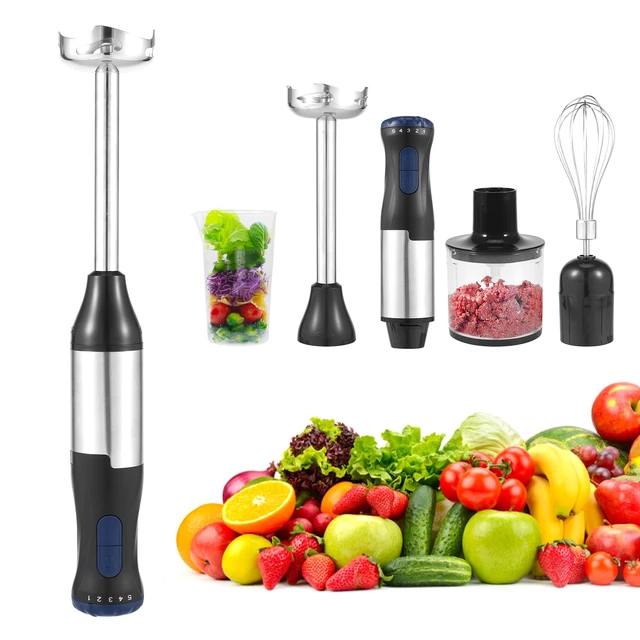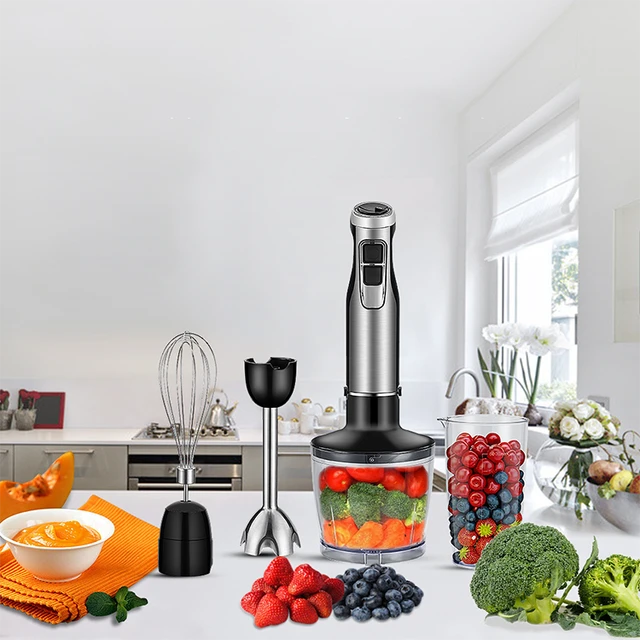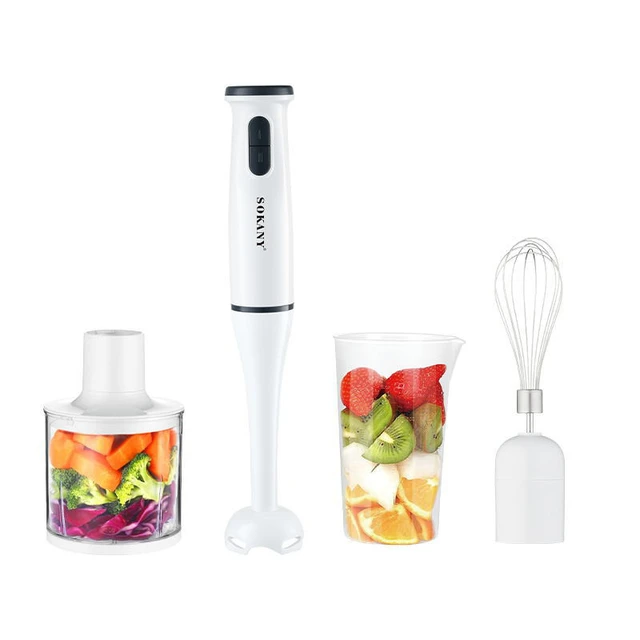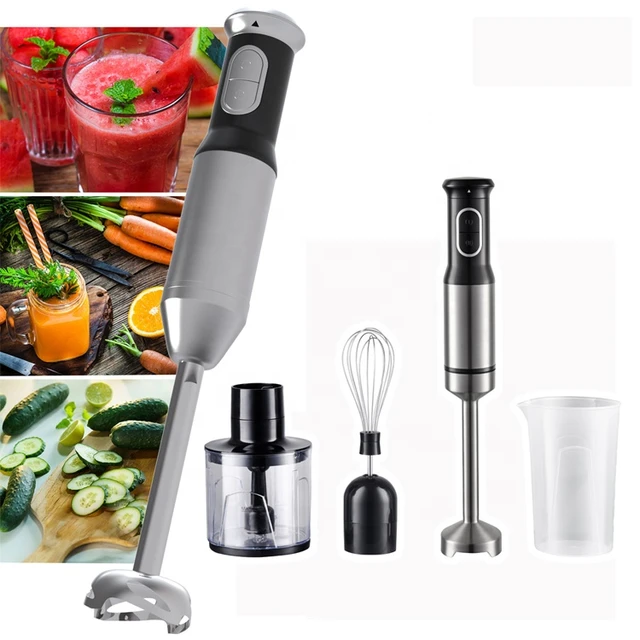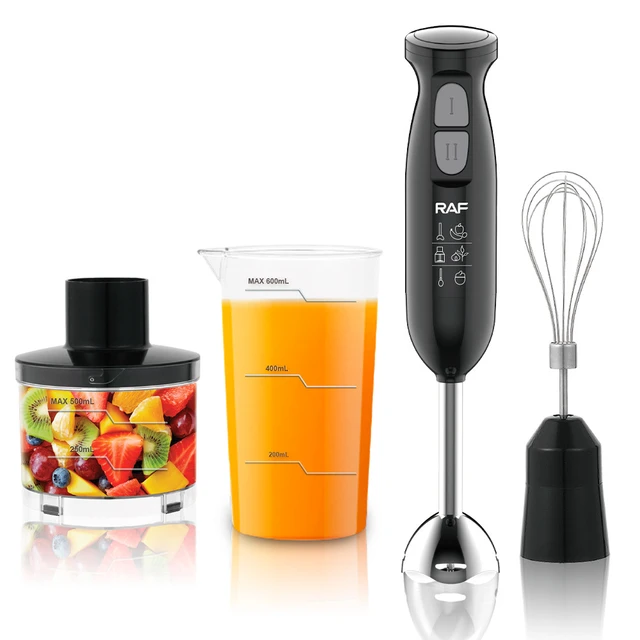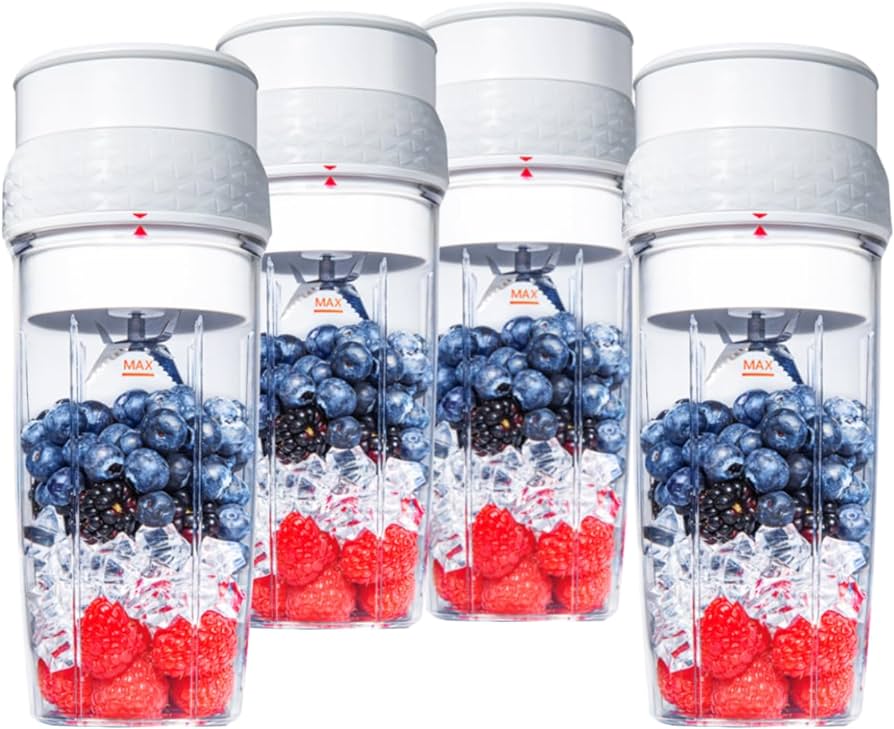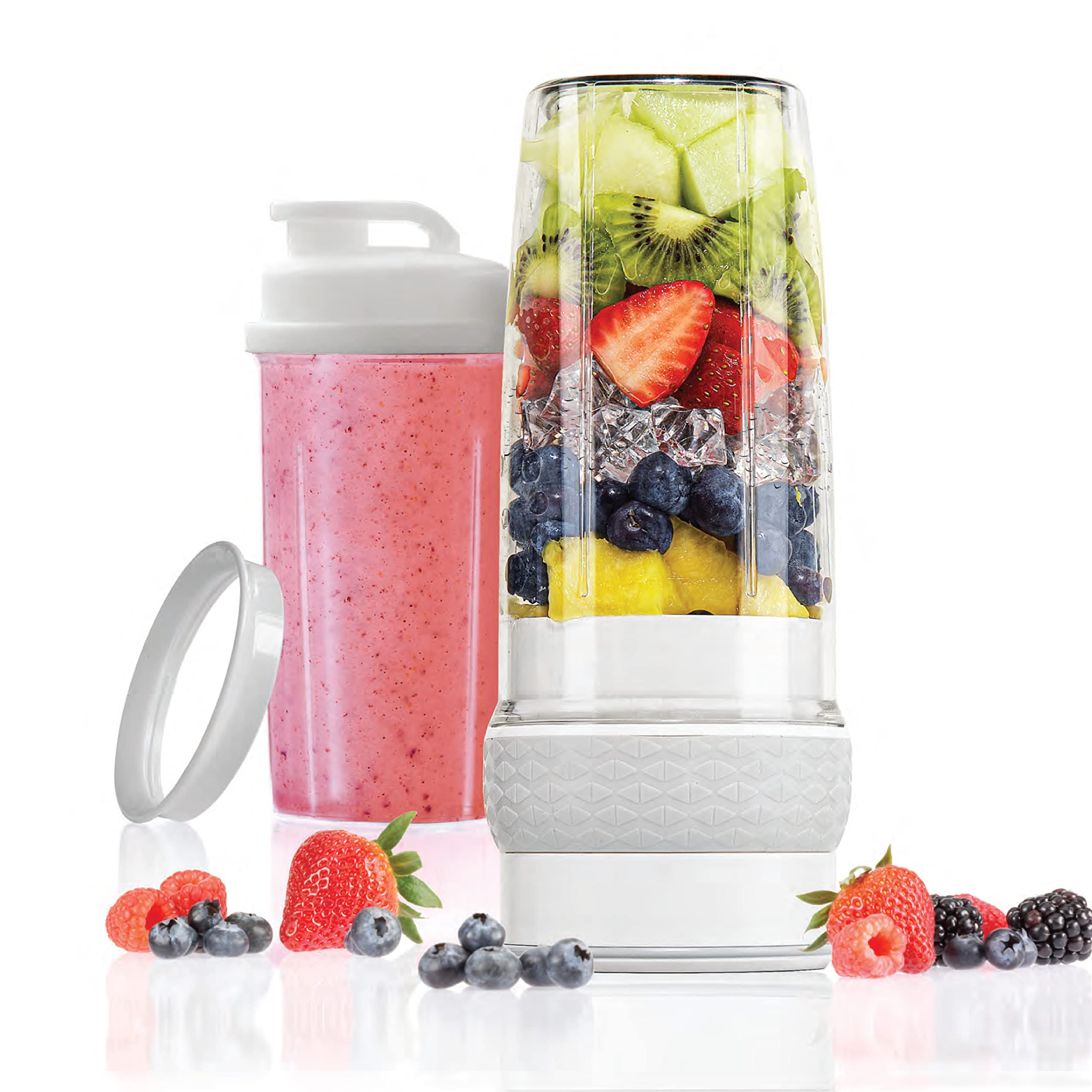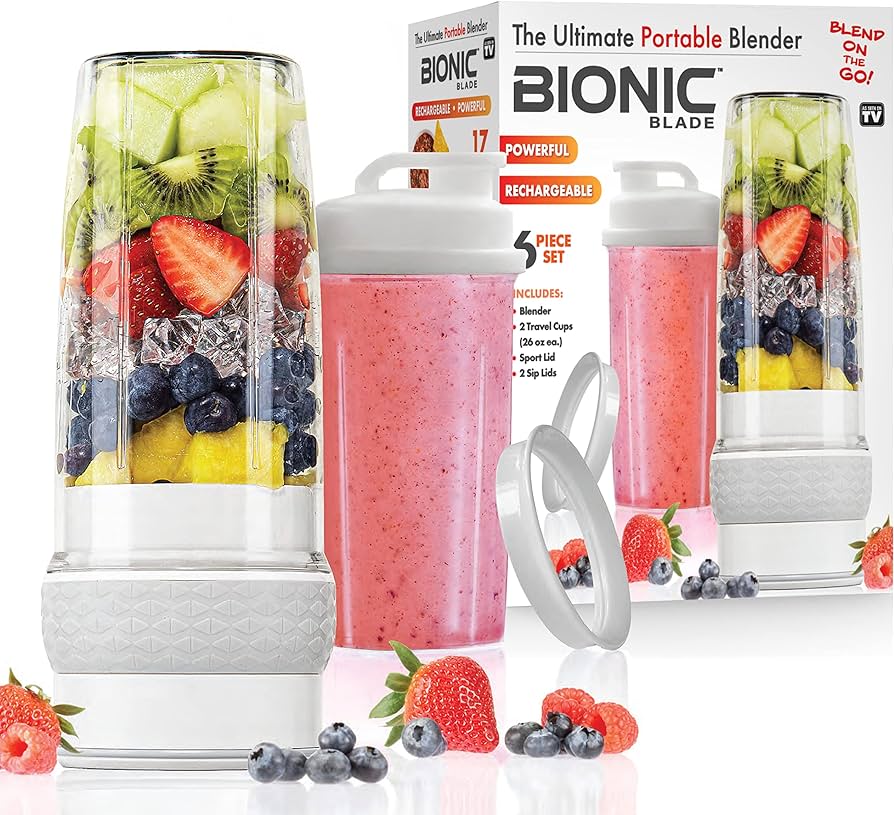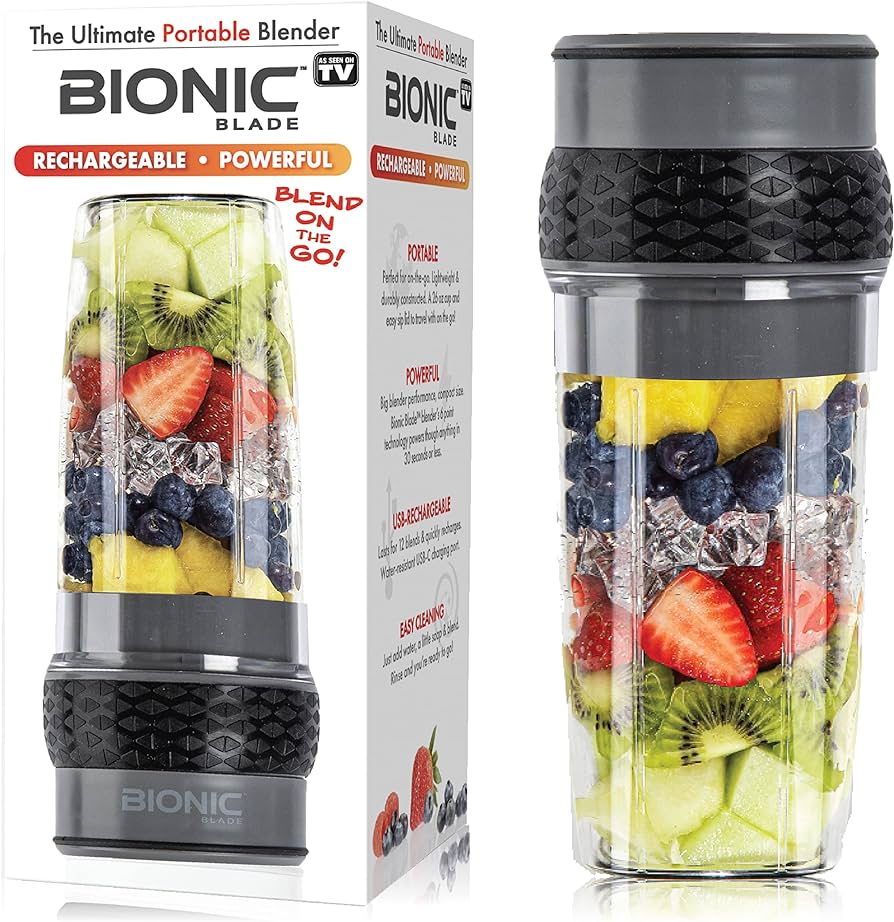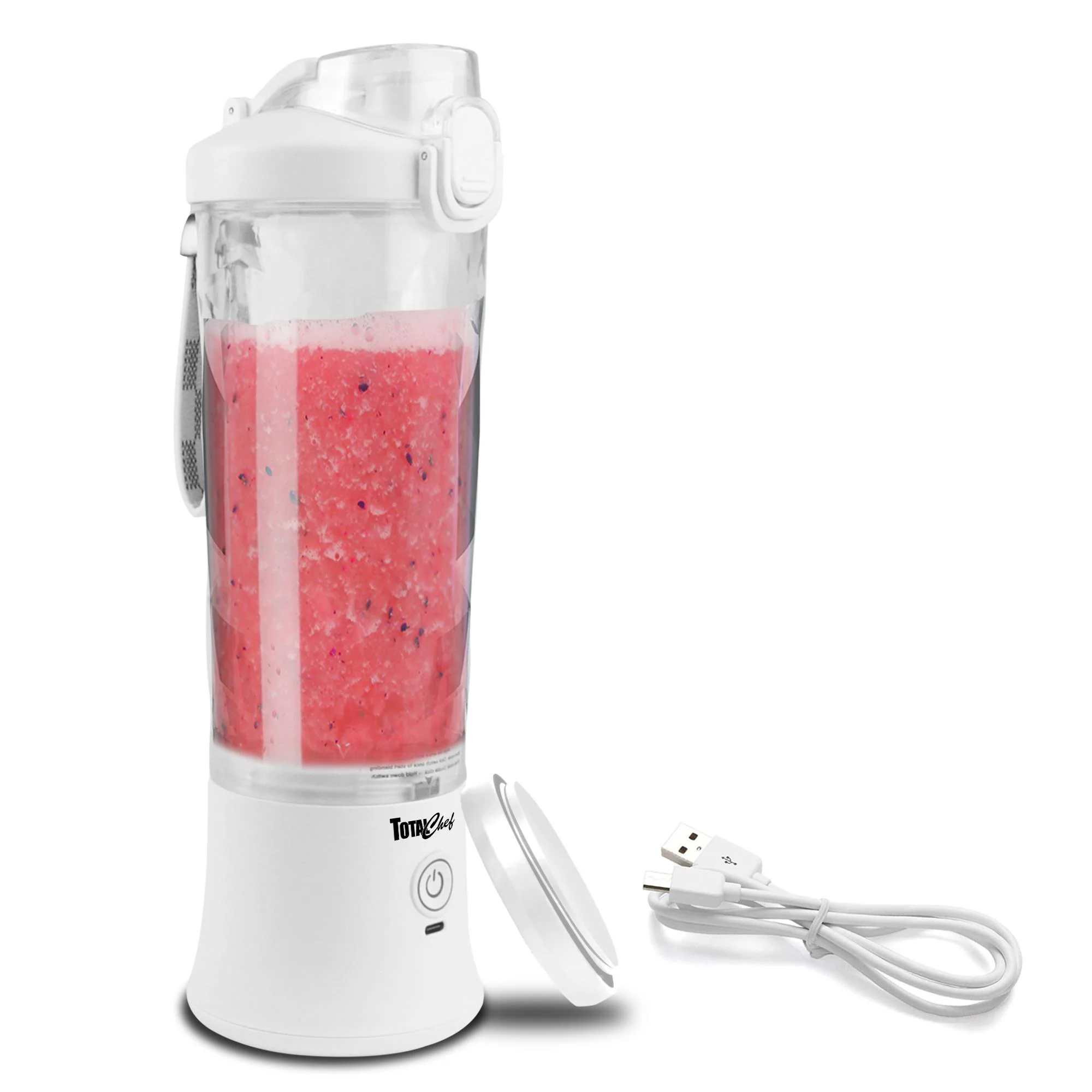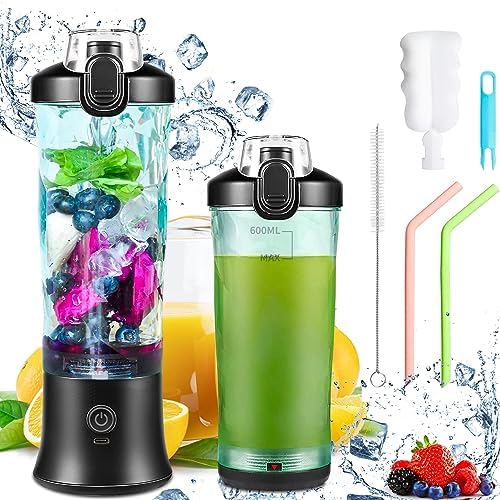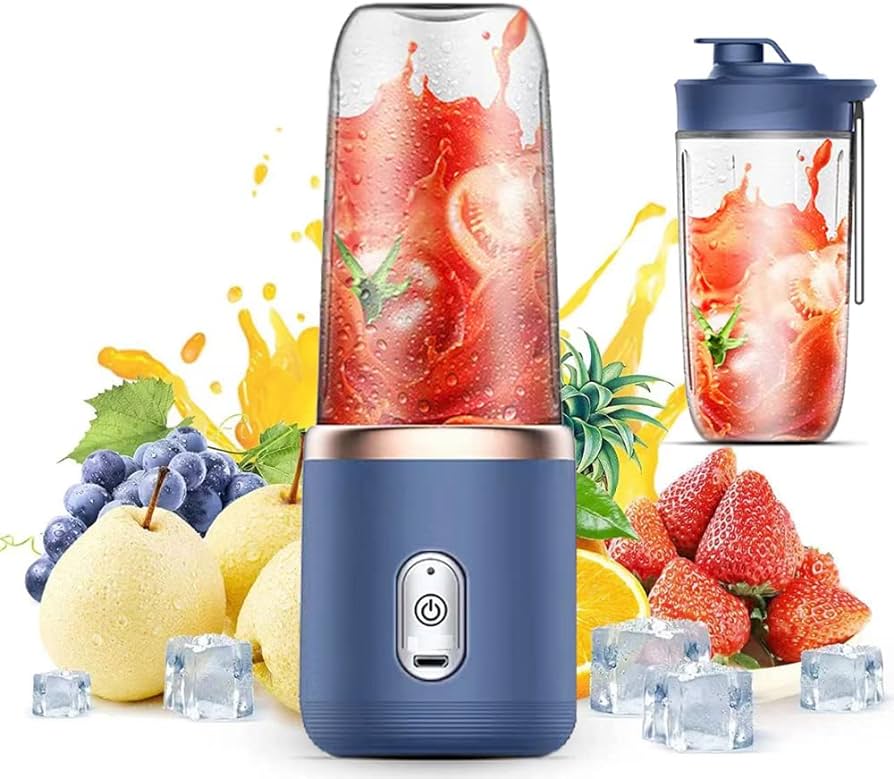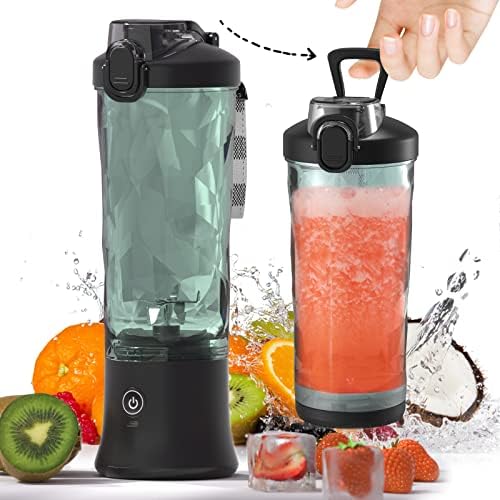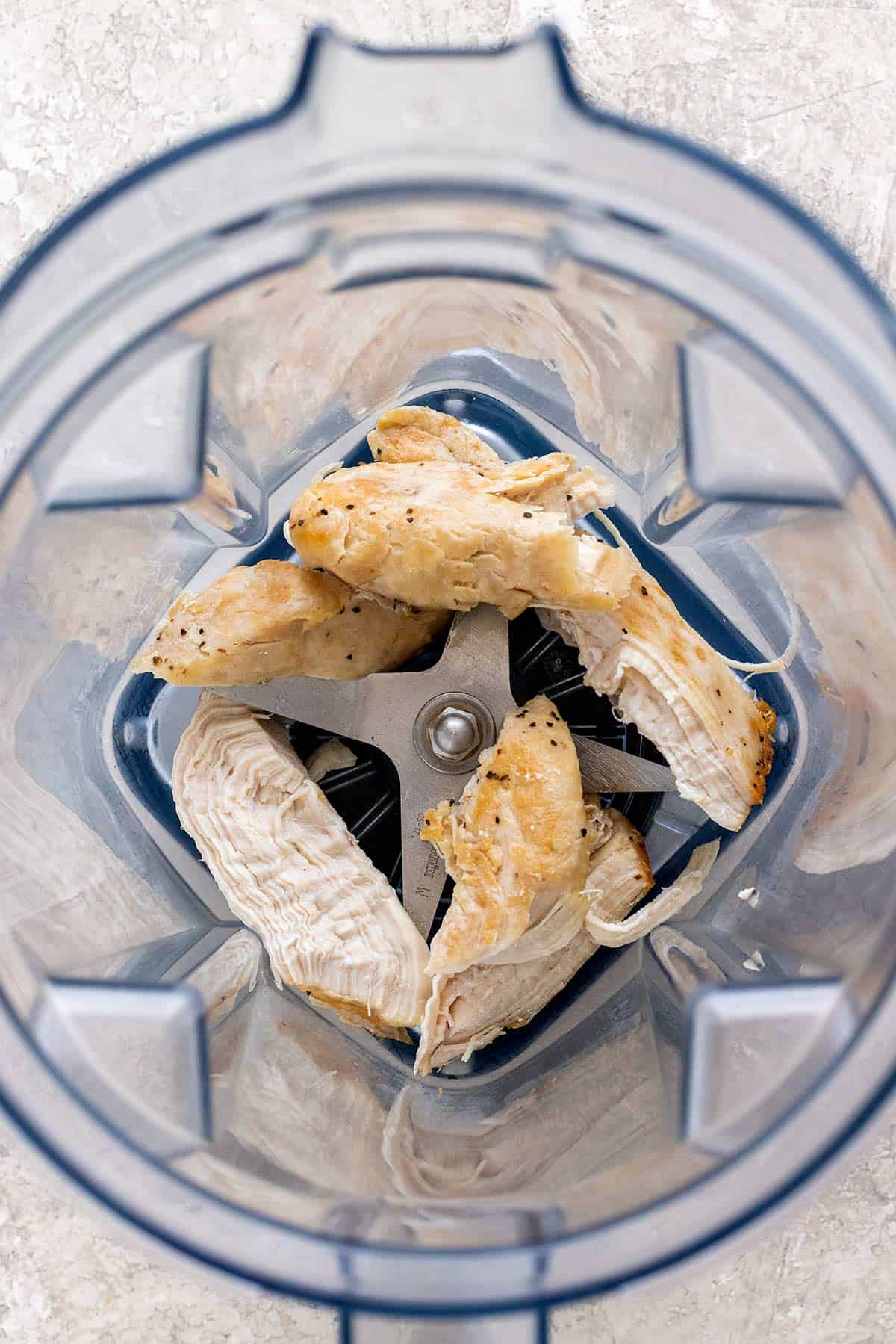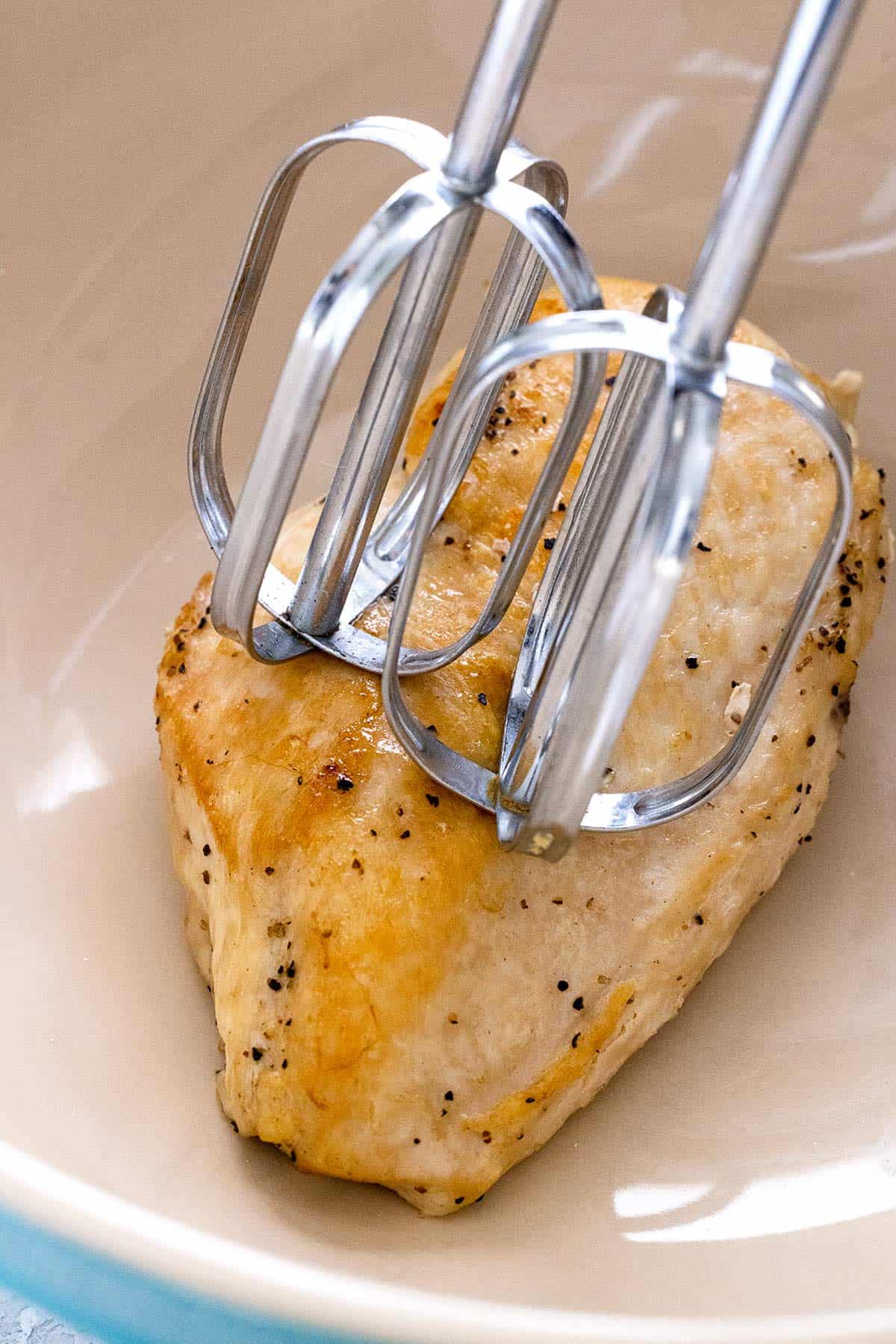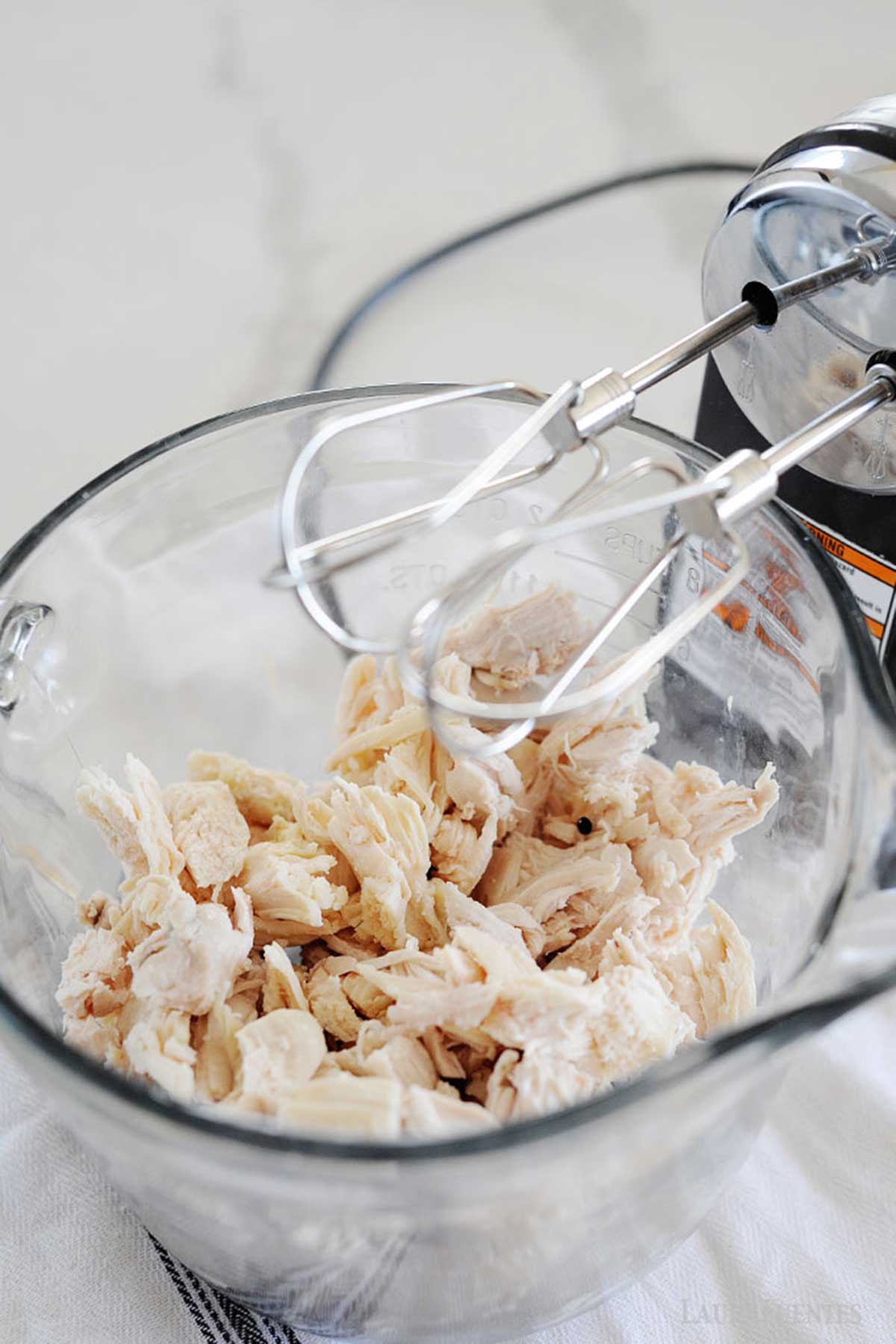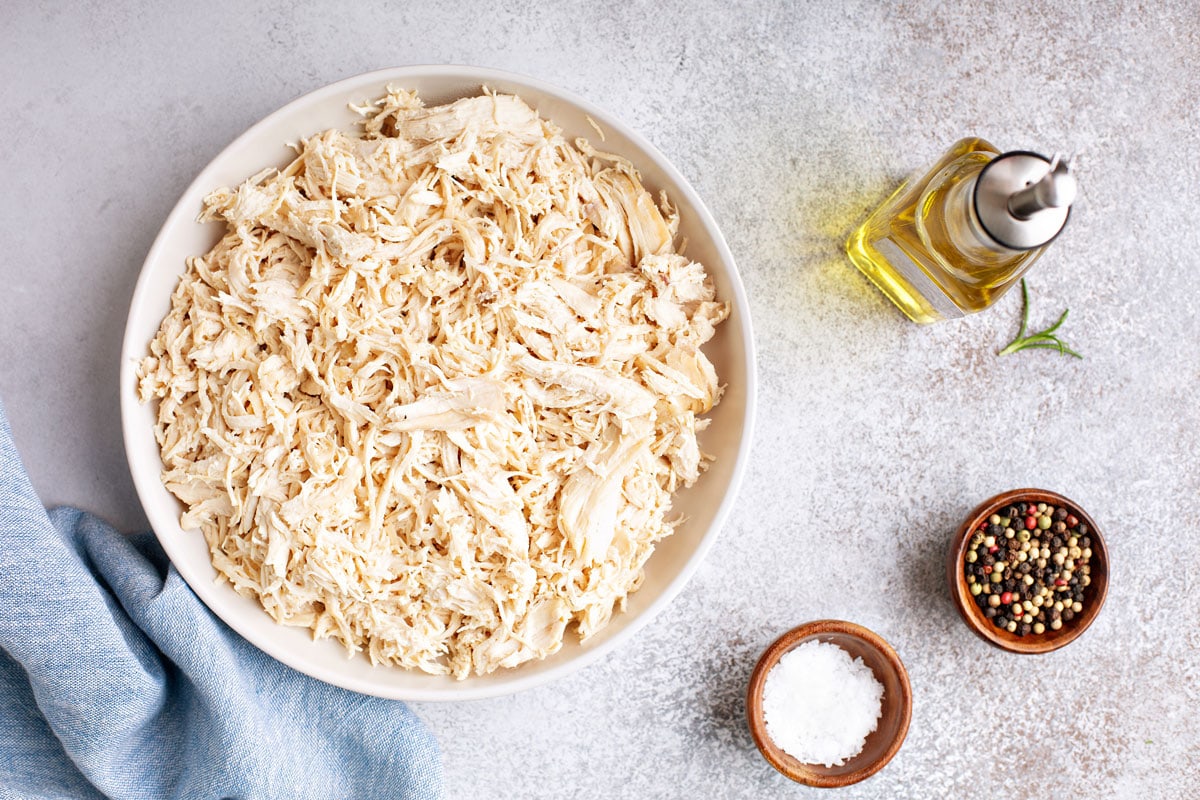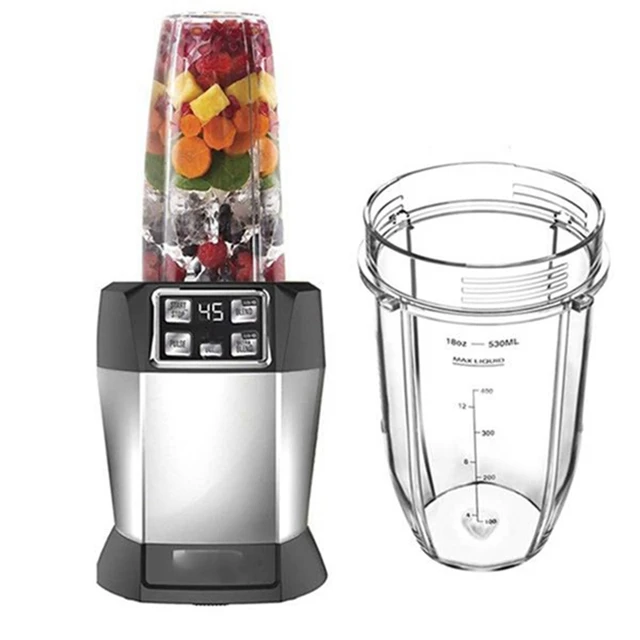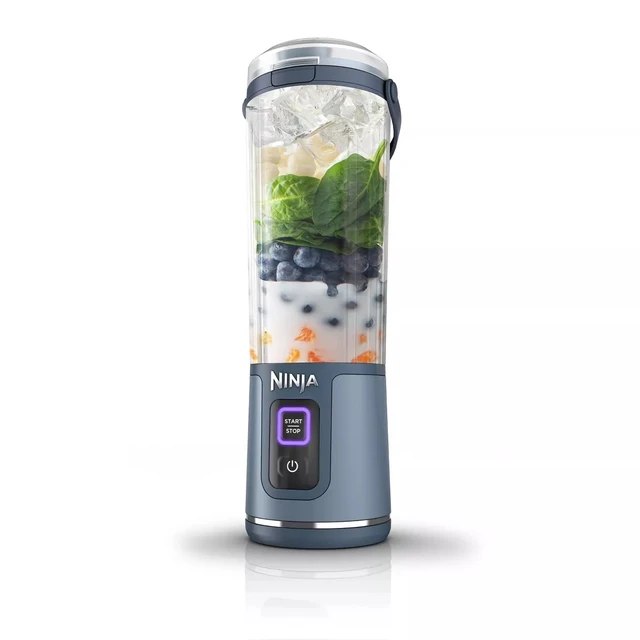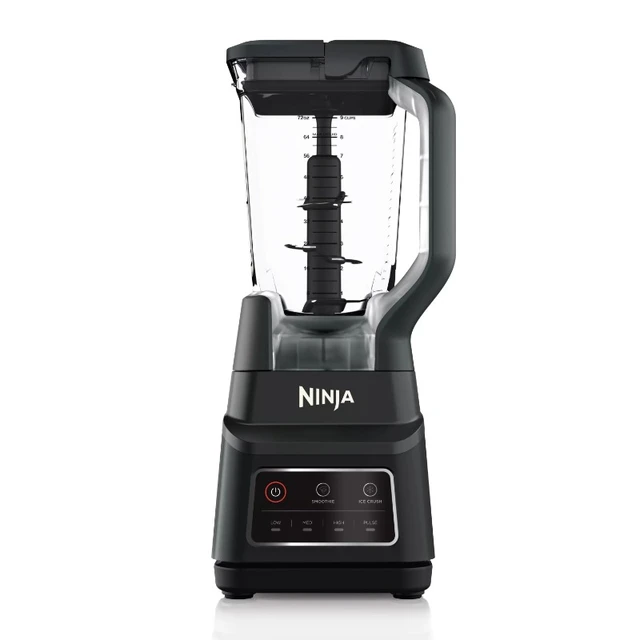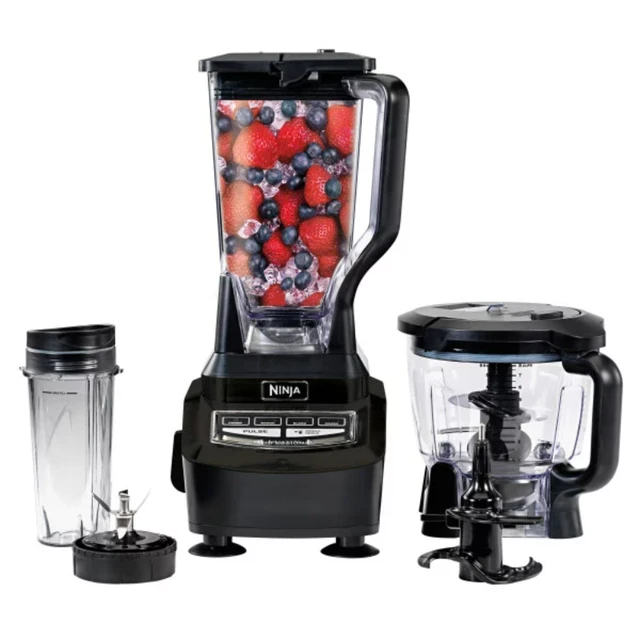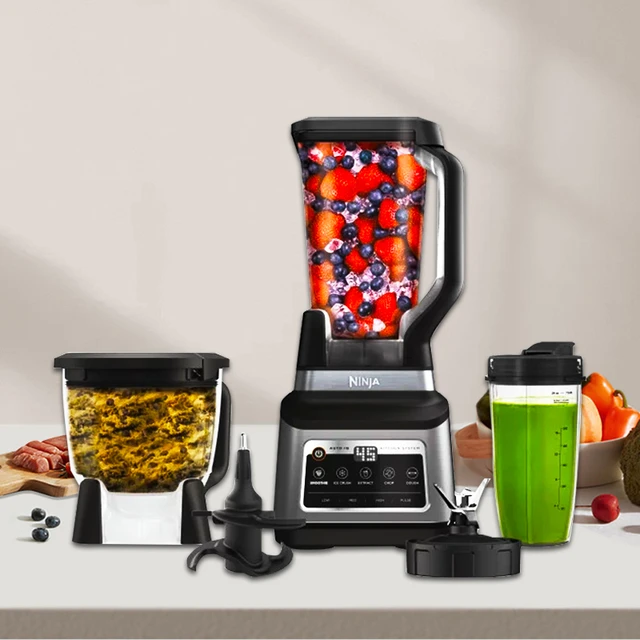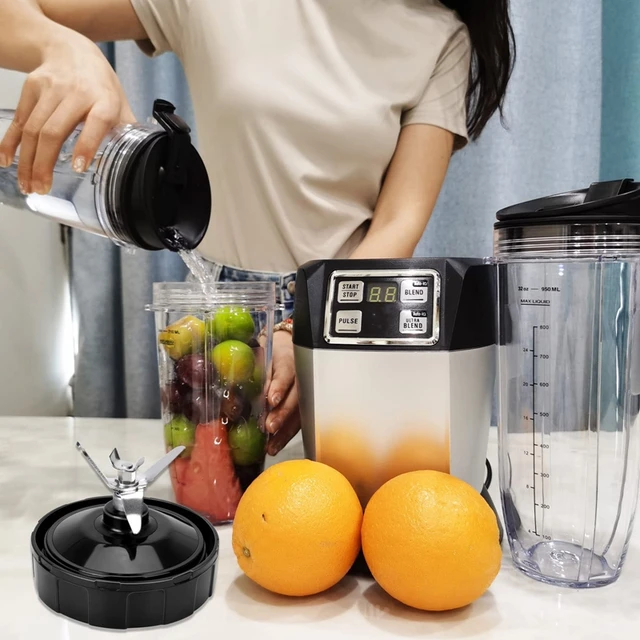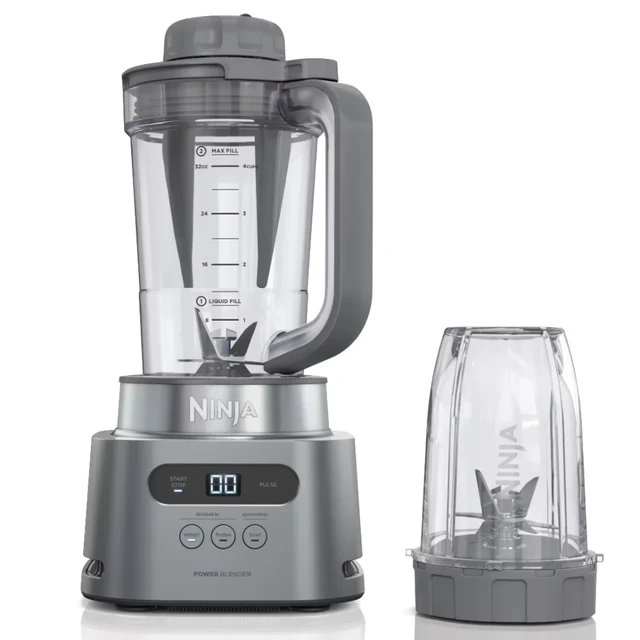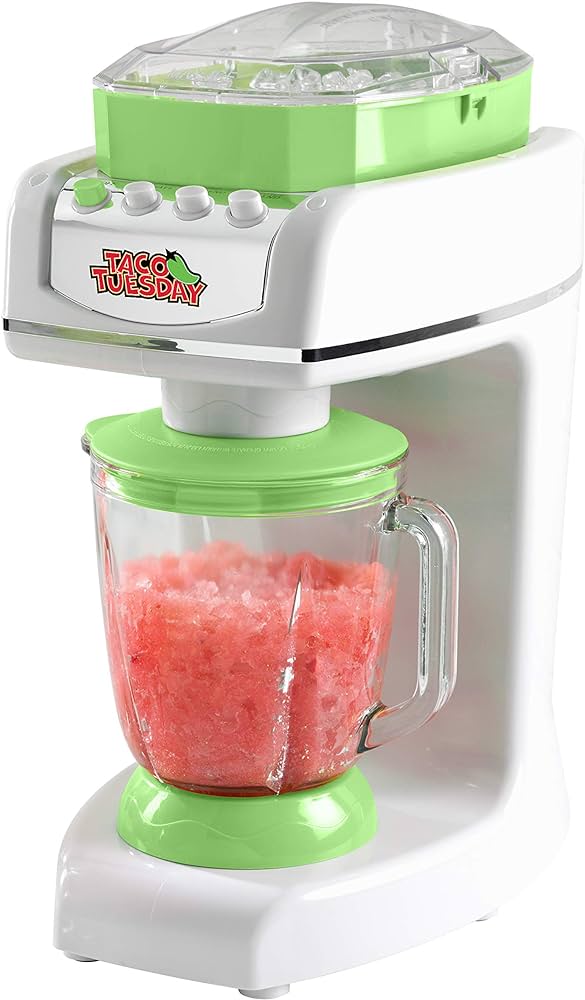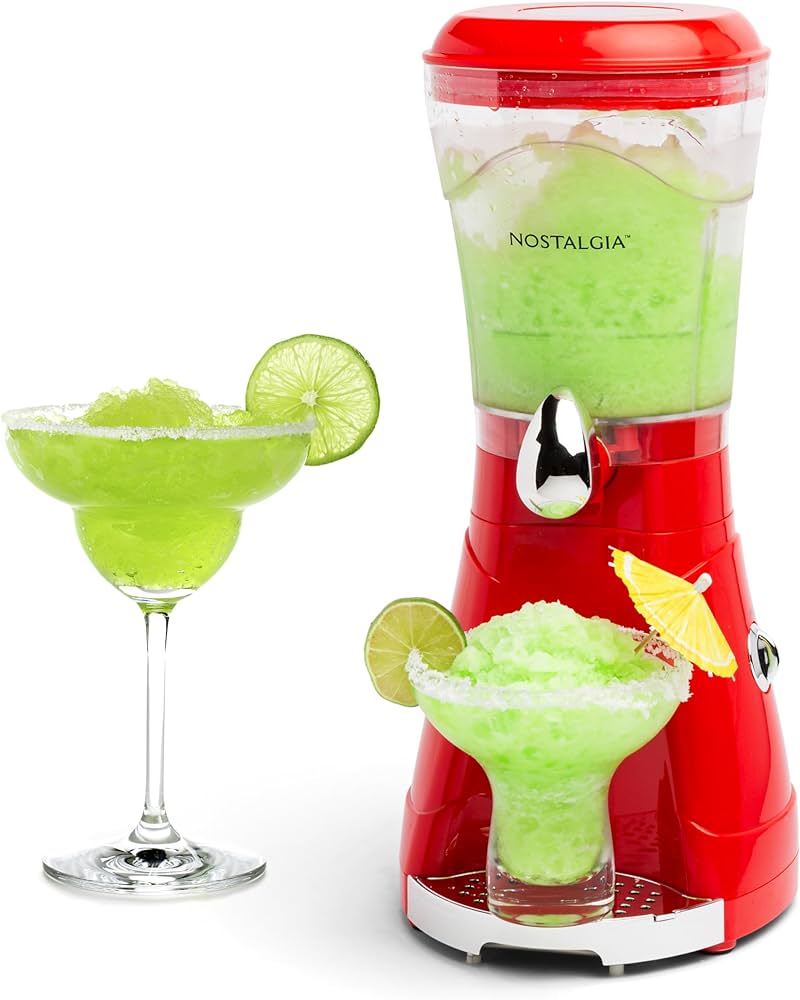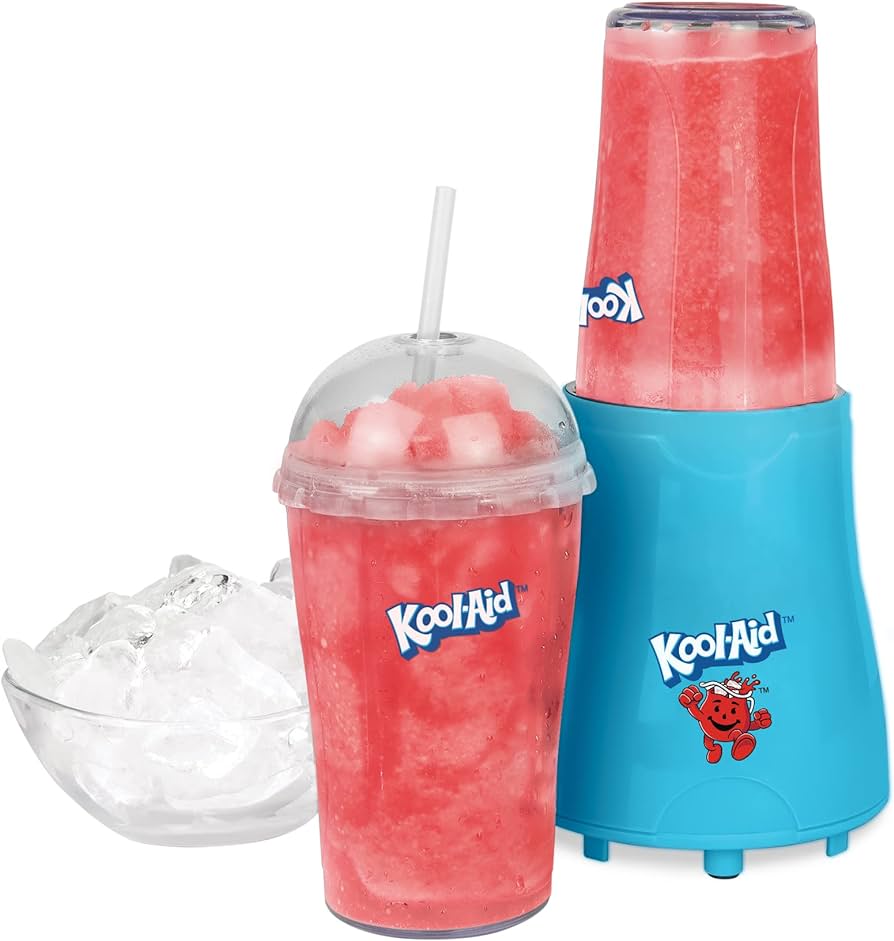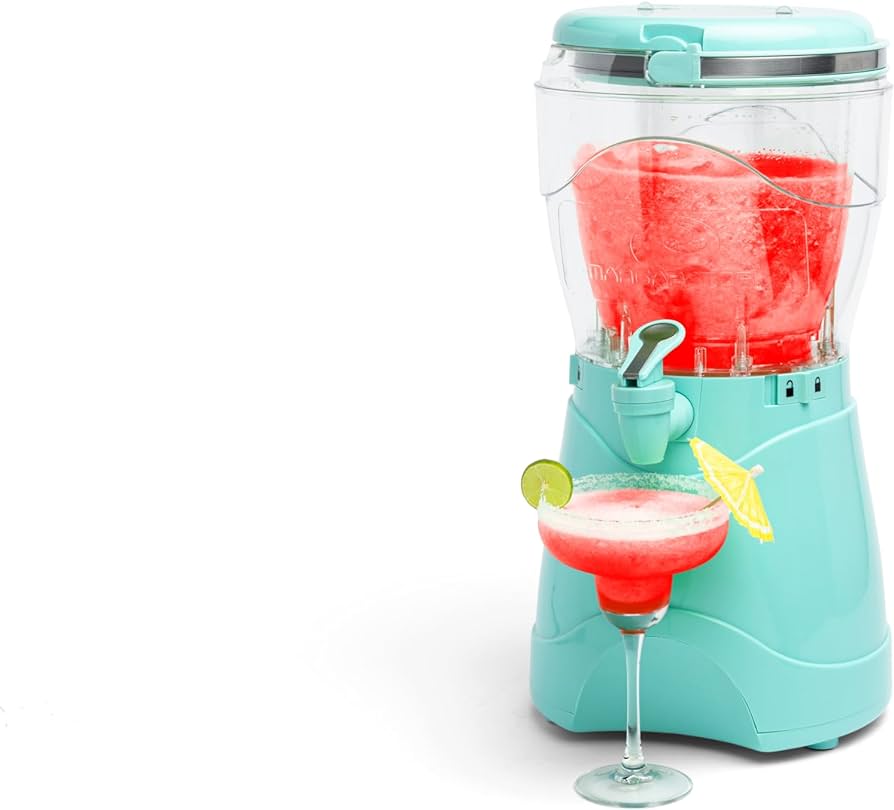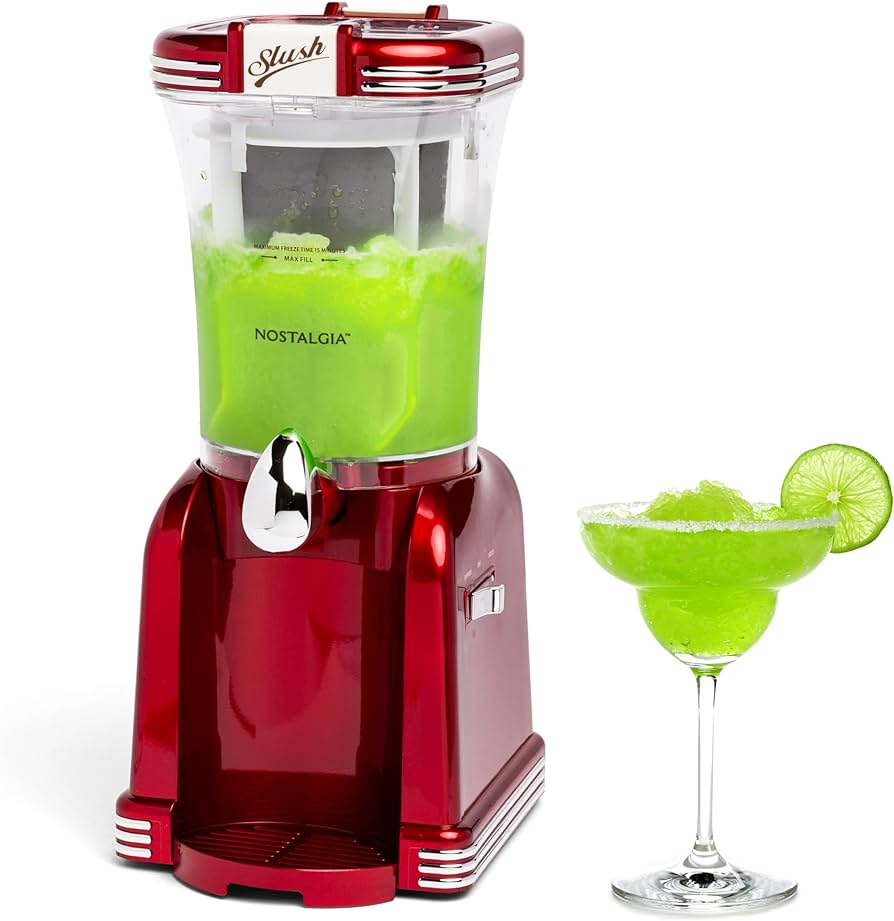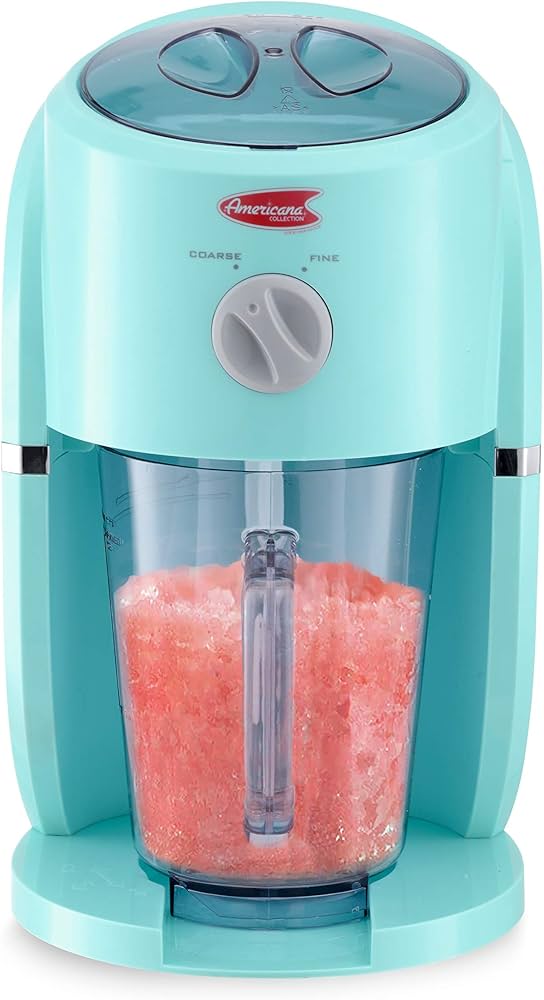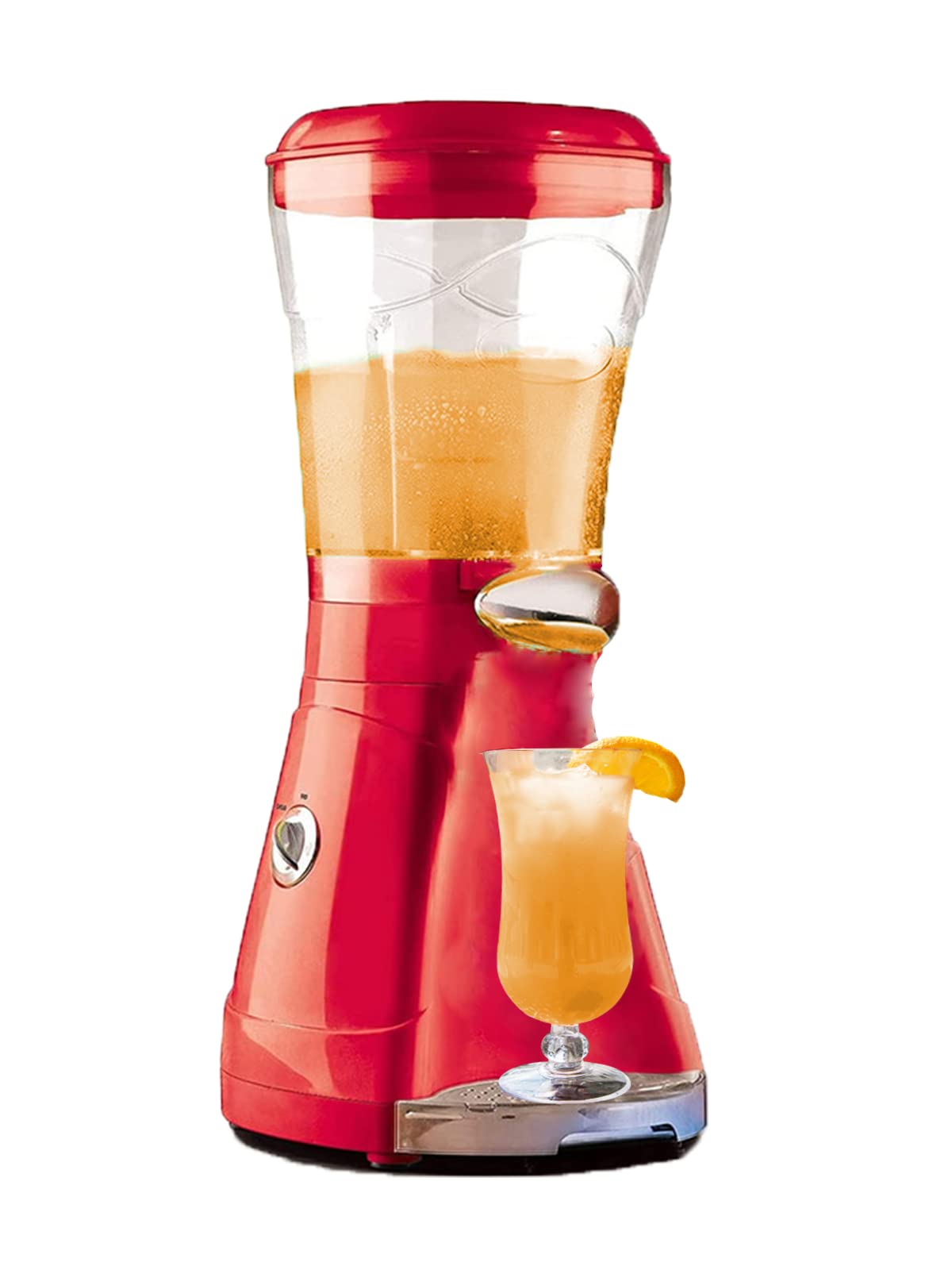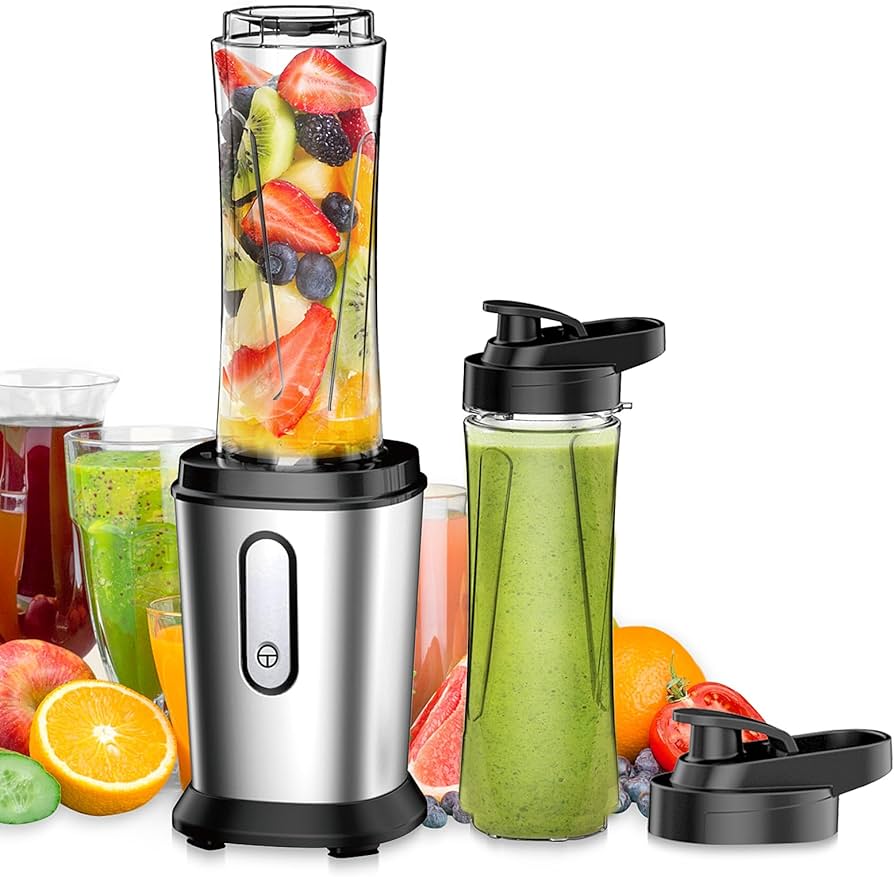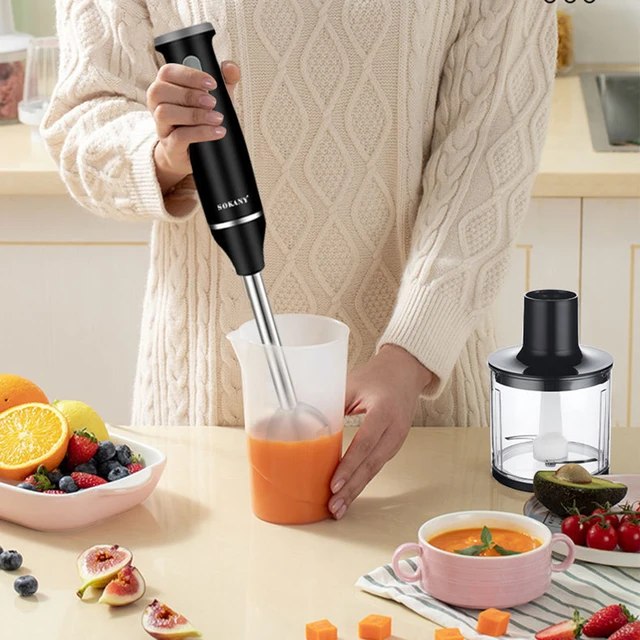
Introduction
An immersion blender, also known as a hand blender or stick blender, is a versatile kitchen tool that offers a range of benefits. With its compact design and handheld operation, an immersion blender provides convenience, ease of use, and versatility in various culinary tasks. In this guide, we will explore the benefits of an immersion blender, discussing its functionality, simplicity, and advantages over other types of blenders.
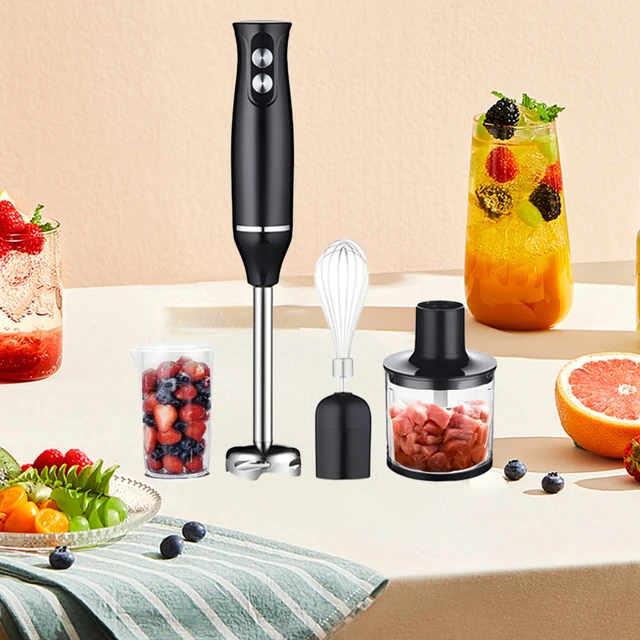
What are the benefits of an immersion blender?
I. Versatility in the Kitchen
-
Blending and Pureeing:
- One of the primary functions of an immersion blender is blending and pureeing ingredients. It can effortlessly transform cooked fruits, vegetables, or even soups into smooth textures, allowing you to create silky smooth sauces, dips, marinades, and soups without transferring ingredients to a separate blender or food processor.
-
Emulsifying Dressings and Sauces:
- Immersion blenders excel in emulsifying dressings and sauces. With their powerful motor and blade design, they can quickly and thoroughly combine oil and vinegar or other ingredients, creating creamy and well-incorporated dressings, mayonnaise, or vinaigrettes.
-
Whipping Cream and Beating Eggs:
- Some immersion blenders come with additional whisk attachments, enabling them to whip cream, beat eggs, or create light and fluffy batters for pancakes, waffles, or desserts. This versatility eliminates the need for a separate hand mixer, saving both time and storage space.
-
Chopping and Grinding:
- Some immersion blenders offer attachments such as choppers or mini food processors that can chop onions, herbs, nuts, or grinding spices like cinnamon or coffee beans. This feature provides added versatility in food preparation, eliminating the need for additional kitchen gadgets.
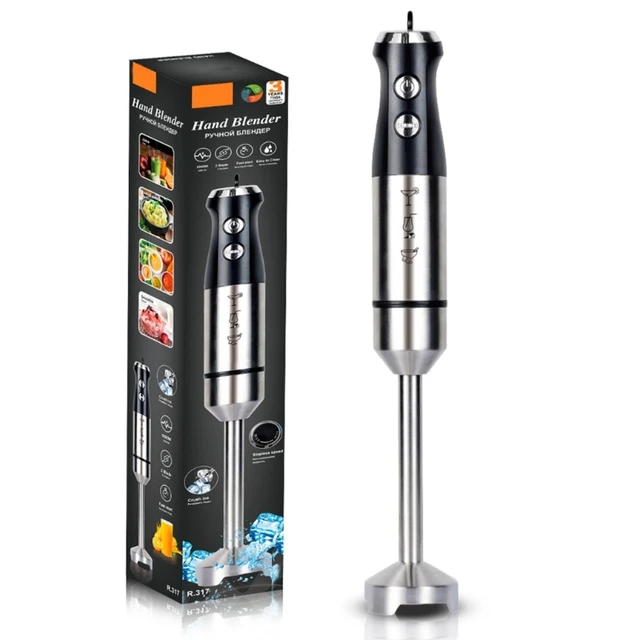
II. Convenience and Portability
-
Compact Size:
- Immersion blenders have a compact and streamlined design, taking up minimal space in the kitchen. Unlike bulky countertop blenders or food processors, they can be easily stored in a drawer or cabinet, making them an ideal choice for those with limited kitchen space.
-
Portability:
- The handheld nature of immersion blenders enhances their portability. They are lightweight, making them convenient for travel or outdoor use, such as tailgating, camping, or preparing meals in vacation rentals.
-
Easy Handling:
- Immersion blenders are user-friendly and straightforward to operate. They have a comfortable grip and ergonomic design, allowing you to easily control and maneuver the blender throughout various kitchen tasks.
-
Avoiding Transfer of Ingredients:
- With an immersion blender, you can blend ingredients directly in the container they are being prepared in, eliminating the need to transfer hot soups or liquids between different vessels. This not only saves time but also reduces the risk of spills and messy cleanup.
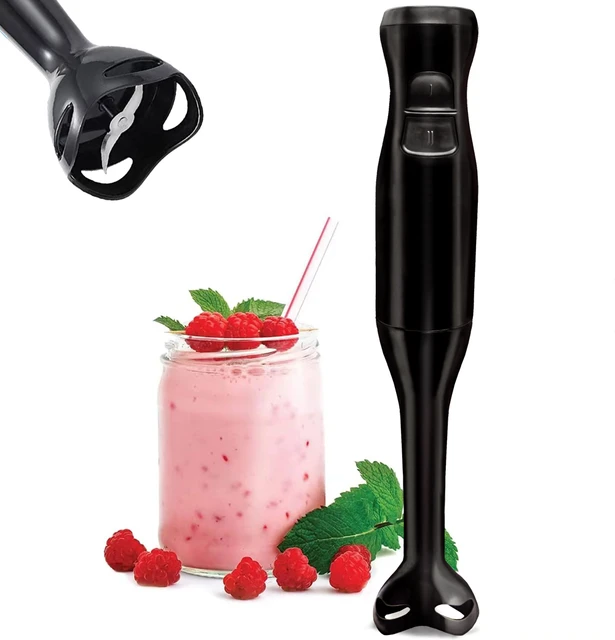
III. Simple Operation
-
One-Handed Operation:
- Immersion blenders can be operated with one hand, leaving your other hand free to hold the container or perform other tasks. The single-handed operation allows for greater control and flexibility during blending.
-
Variable Speed Settings:
- Many immersion blender models offer variable speed settings, allowing you to adjust the blending speed to suit different recipes or ingredients. This flexibility is particularly beneficial when blending delicate or thick substances, ensuring optimal results.
-
Quick and Easy Cleanup:
- Cleaning an immersion blender is often as simple as detaching the blending shaft and rinsing it under water or placing it in the dishwasher. This easy cleanup process saves time and effort compared to cleaning a larger countertop blender or food processor.
IV. Cost-Effective Option
-
Affordability:
- Immersion blenders are generally more affordable than larger countertop blenders or food processors. They offer a cost-effective option for those who want the convenience and functionalities of a blender without investing in a more expensive appliance.
-
Space and Multifunctional Savings:
- By combining multiple functions in one handheld device, immersion blenders help save space in the kitchen and eliminate the need for purchasing additional kitchen gadgets or appliances like food processors or hand mixers.
V. Comparison to Countertop Blenders
-
Versatile and Quick:
- Immersion blenders provide versatility and quick operation compared to countertop blenders. They eliminate the need for transferring ingredients and offer precise control over blending consistency. Countertop blenders may be better suited for larger batches or heavy-duty blending tasks.
-
Convenience and Ease of Cleanup:
- Immersion blenders excel in terms of convenience and cleanup. Their compact size and handheld operation make them easy to handle, store, and clean. Countertop blenders often require more effort and time for assembly, operation, and cleanup.
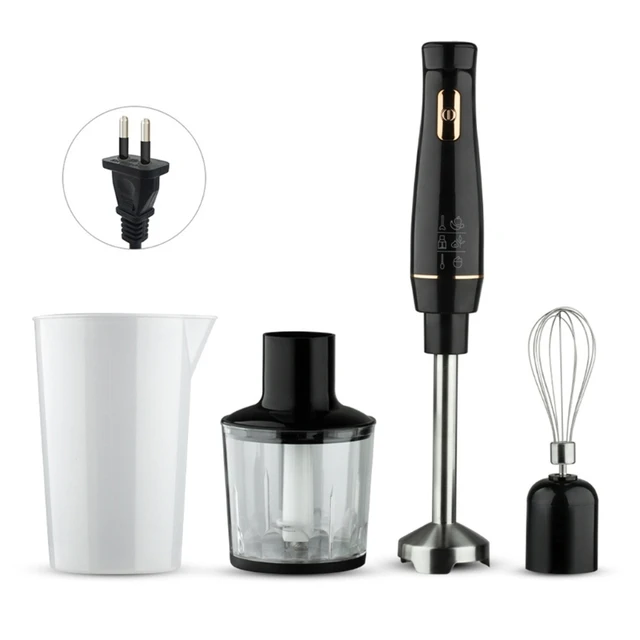
VII. Tips for Using an Immersion Blender
-
Choose the Right Container:
- When using an immersion blender, ensure that the container or vessel you’re blending in has sufficient depth and capacity to accommodate the blending attachment. Avoid using shallow or narrow containers that may cause splattering or hinder effective blending.
-
Immerse the Blender Fully:
- For optimal blending results, immerse the blending attachment fully into the ingredients. This allows the blades to reach all the ingredients, ensuring even blending and avoiding pockets of unblended or lumpy textures.
-
Use the Correct Speed:
- Depending on the ingredients and the desired texture, adjust the speed setting of the immersion blender accordingly. Start with a lower speed and gradually increase if needed. This helps prevent splattering and allows for better control over blending consistency.
-
Blend in Short Bursts:
- Instead of continuously blending for long periods, apply the blender in short bursts. This technique helps prevent overheating of the motor and gives you more control over the blending process. Pause between bursts to assess the texture and make any necessary adjustments.
-
Tilt the Blender for Aerating:
- If you want to incorporate air into your mixture, such as when making whipped cream or frothy drinks, tilt the immersion blender to the side during blending. This technique helps aerate the mixture and achieve a lighter texture.
-
Avoid Over-Blending:
- Be cautious not to over-blend ingredients with an immersion blender, especially when it comes to delicate foods like fruits or herbs. Over-blending can lead to excessive oxidation or release of unwanted flavors, affecting the overall taste and appearance of the final dish.

VI. Conclusion: Enhancing Culinary Experiences with an Immersion Blender
The benefits of an immersion blender are manifold. It offers versatility in the kitchen, allowing you to blend, puree, emulsify, chop, and grind ingredients with ease. The convenience and portability of the immersion blender, along with its simple operation and quick cleanup, make it a favorite among home cooks and professional chefs alike.
Whether you’re preparing soups, sauces, dressings, or even whipping cream, an immersion blender provides a cost-effective and space-saving solution. While countertop blenders excel in larger batches and heavy-duty blending, an immersion blender offers simplicity, precision, and efficiency for a wide range of culinary tasks.
Consider the versatility and convenience of an immersion blender when looking to streamline your kitchen tools and enjoy effortless blending experiences. With an immersion blender in your culinary arsenal, you can enhance your cooking creations and explore new possibilities in the realm of homemade sauces, soups, smoothies, and more.
